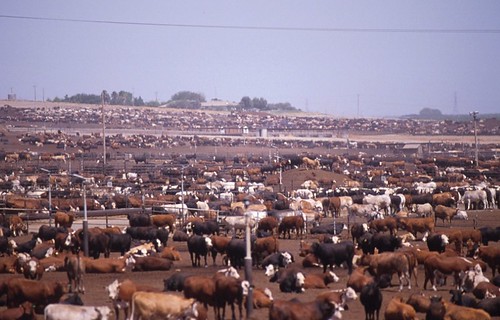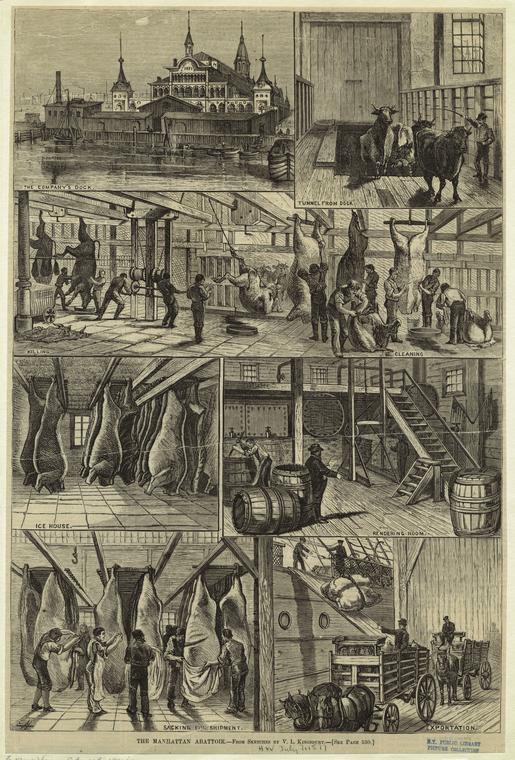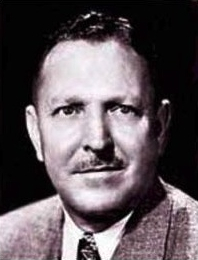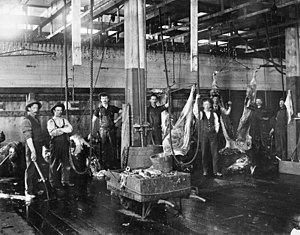On That Date, No. 8
/ “Iowa Beef Packers, Inc. [IBP], disclosed plans to built an air-conditioned, indoor cattle-feeding facility capable of turning out 50,000 to 100,000 animals a year.
“Iowa Beef Packers, Inc. [IBP], disclosed plans to built an air-conditioned, indoor cattle-feeding facility capable of turning out 50,000 to 100,000 animals a year.
“The Denison, Iowa, packer will invest about $5 million in the unusual operation, [an IPB vice president said]. To be located near Irvington, Iowa, the 1.5 million-square-foot facility will be the nation’s largest indoor cattle-feeding operation . . . Smaller indoor operations are run by many Midwest farmers.
“Cattle will be housed in a series of pre-stressed concrete buildings that will be air conditioned to maintain ideal temperatures for weight gain, the company said. The building will contain slatted floors over 8-foot pits that will collect manure, which will probably be sold to farmers for fertilizer.
“Feeding will be controlled by computer, Iowa Beef said. Ration recipes will be punched on computer cards, and the feed will be weighed and mixed automatically. An on-site feed mill will formulate the feed ration.”
_______________
“Large Indoor Facility to Feed Cattle Slated By Beef-Packing Firm,” Wall Street Journal, November 9, 1965, p. 32.



